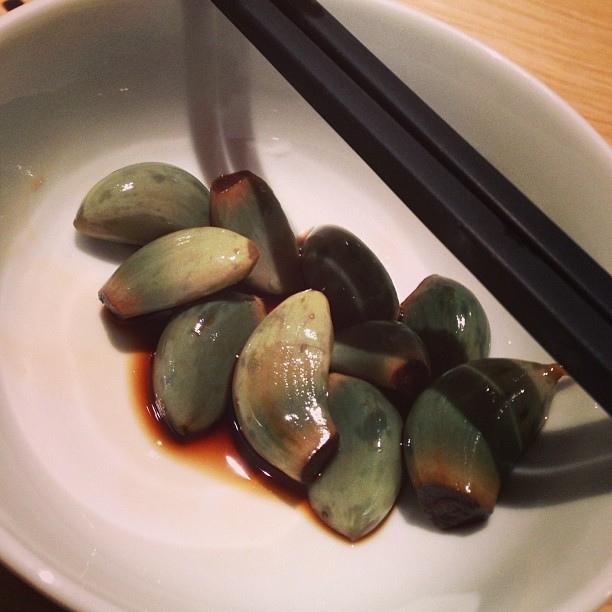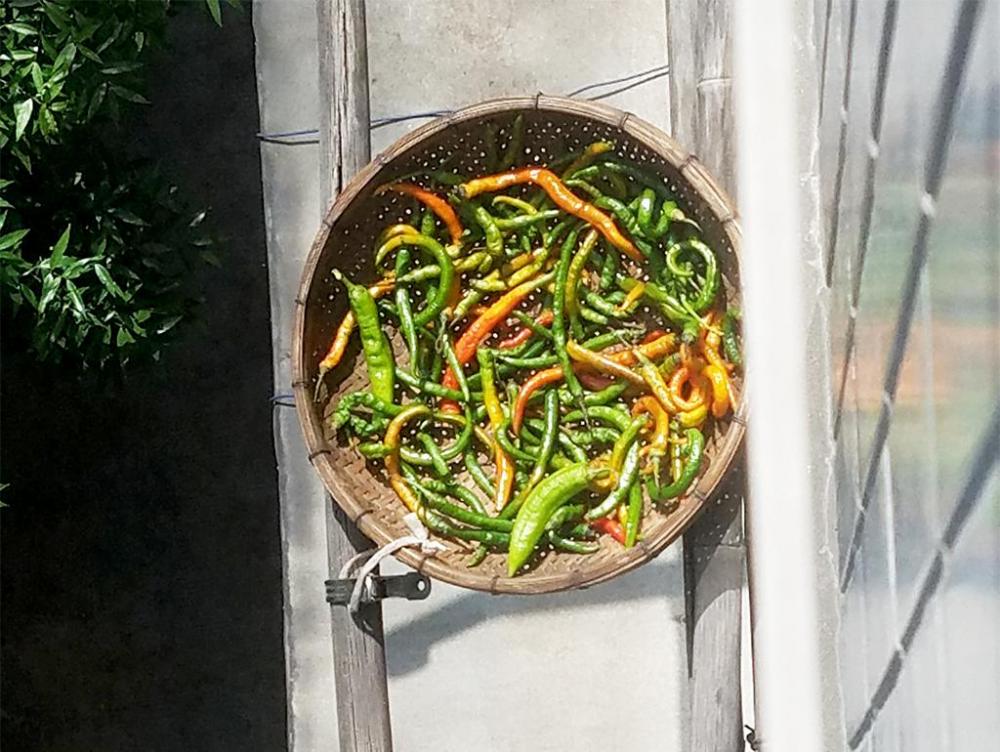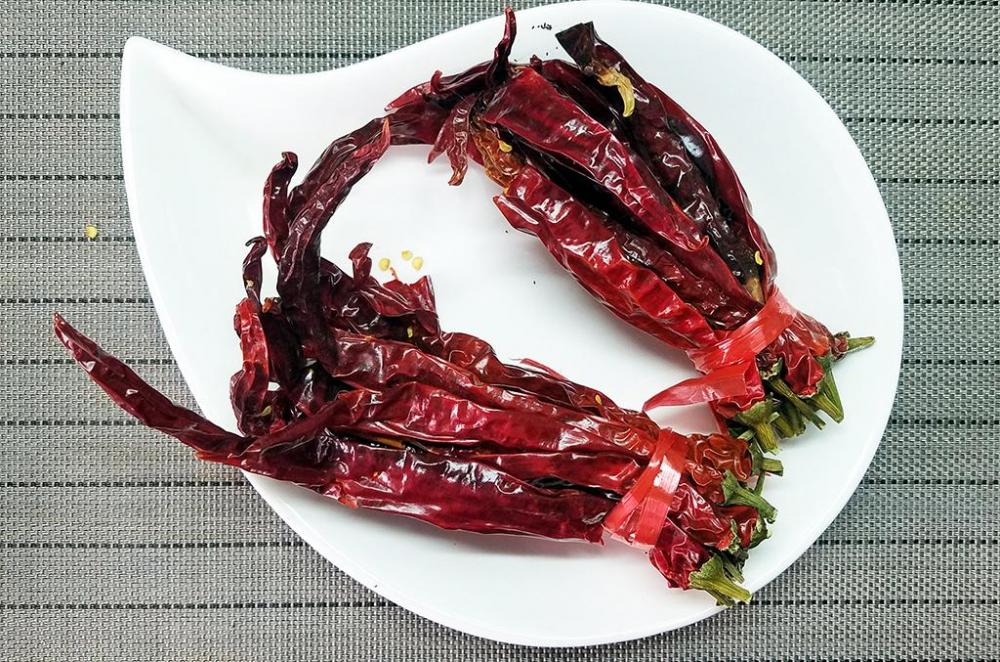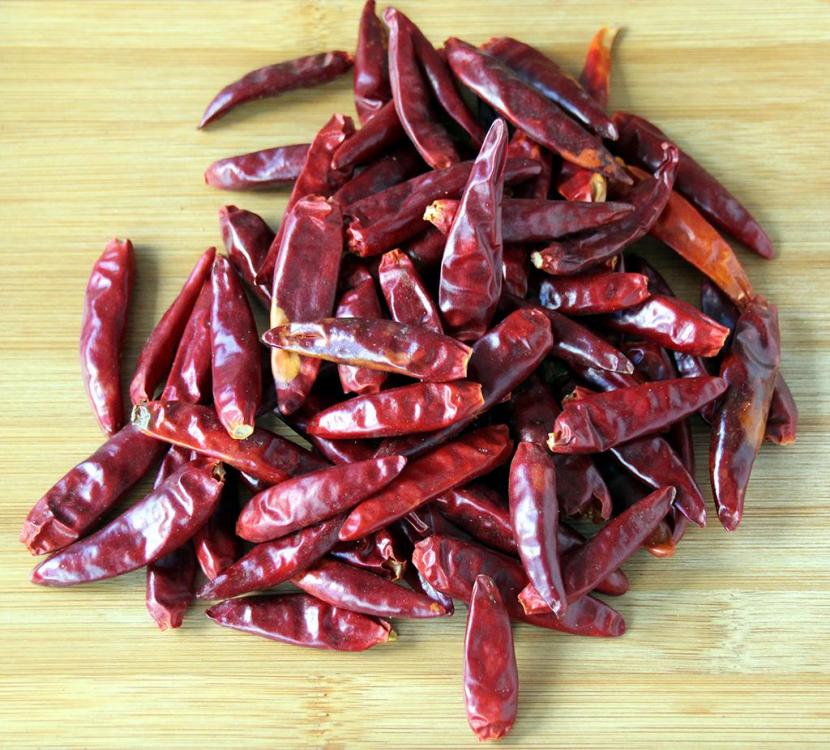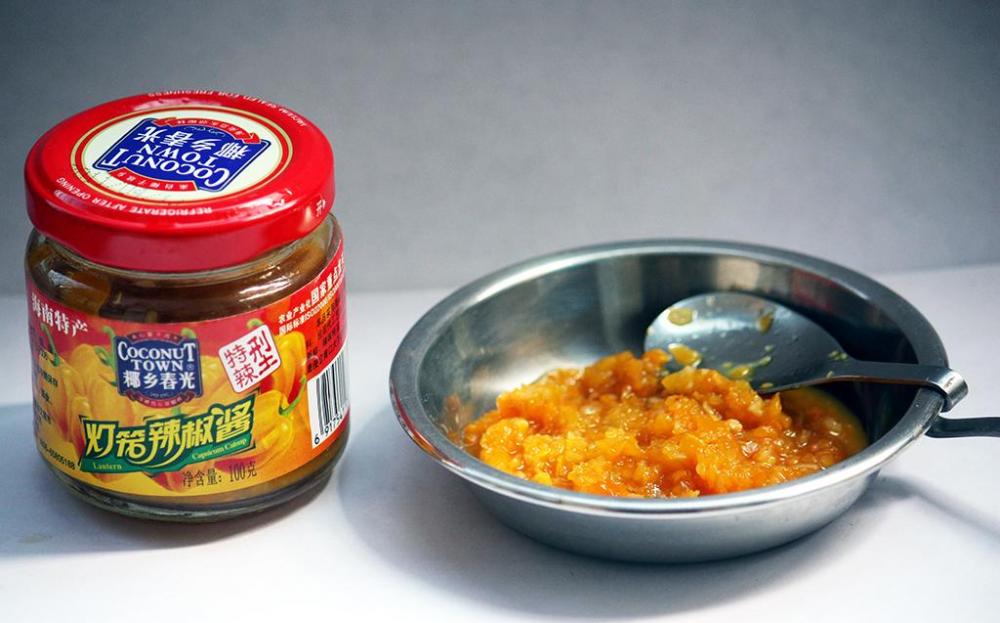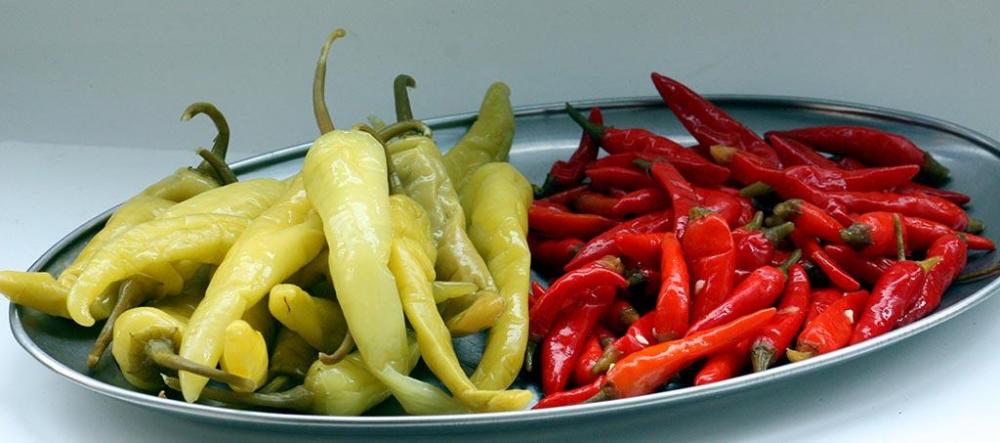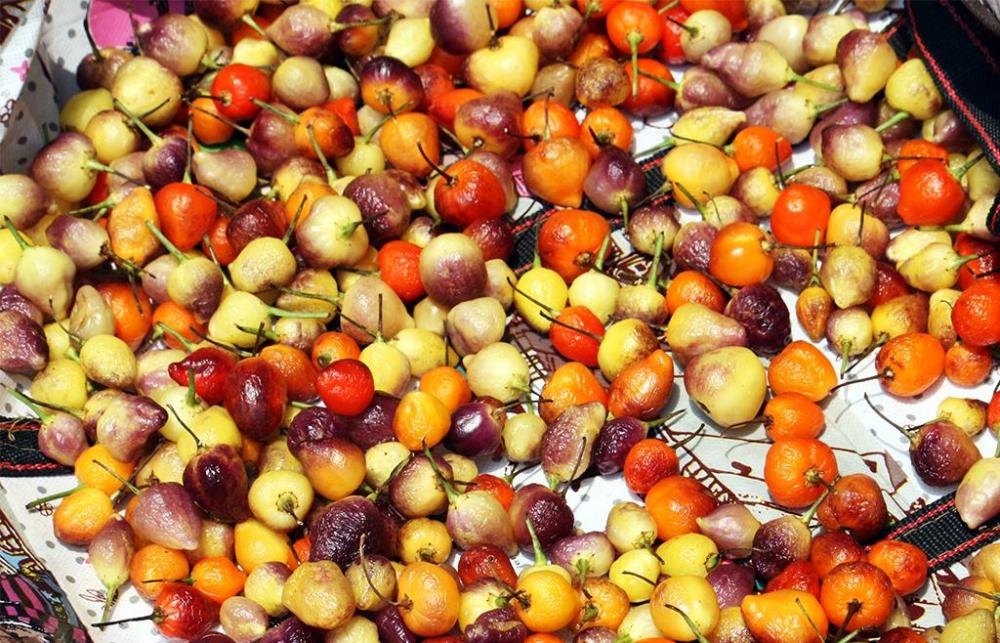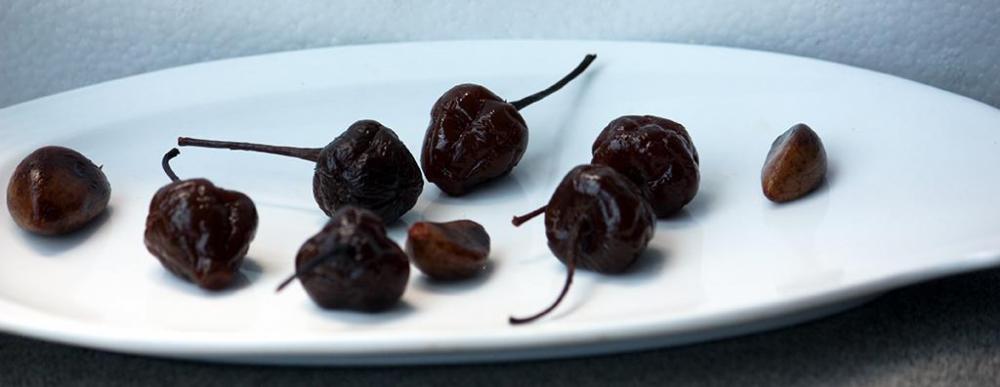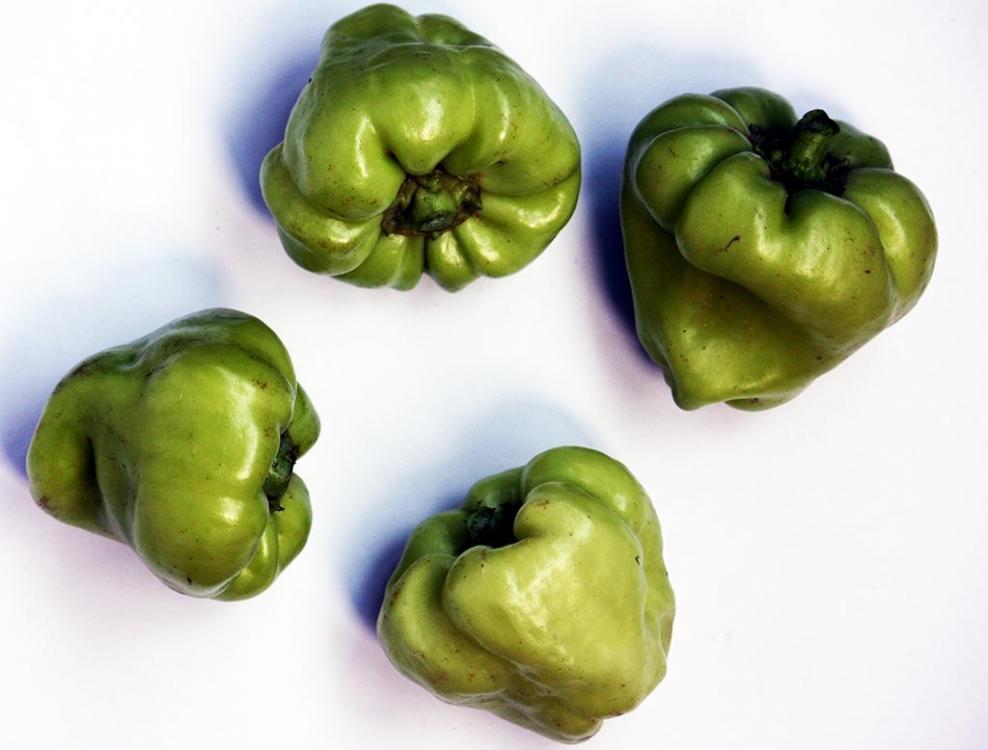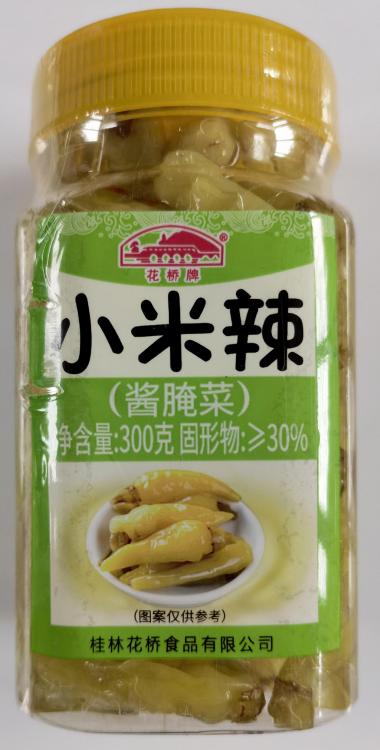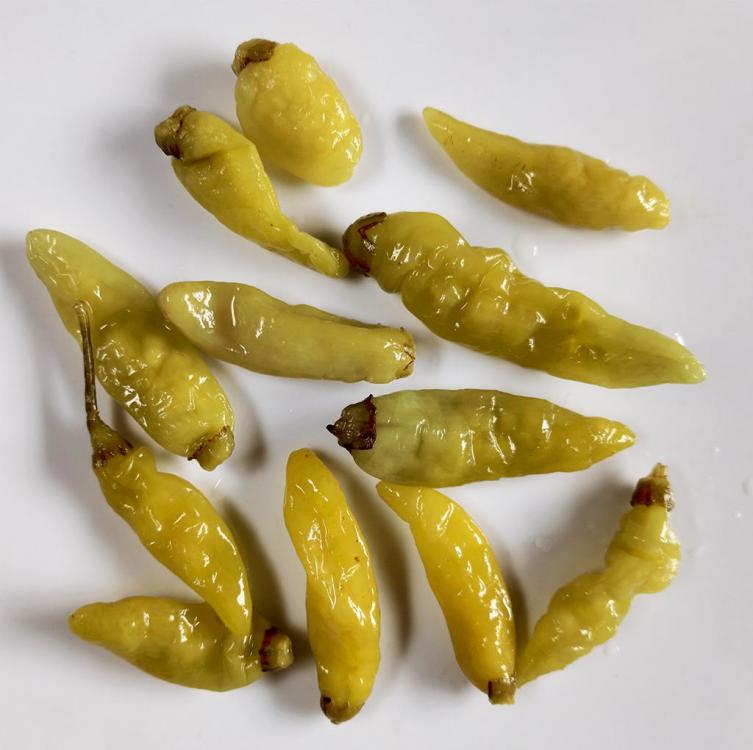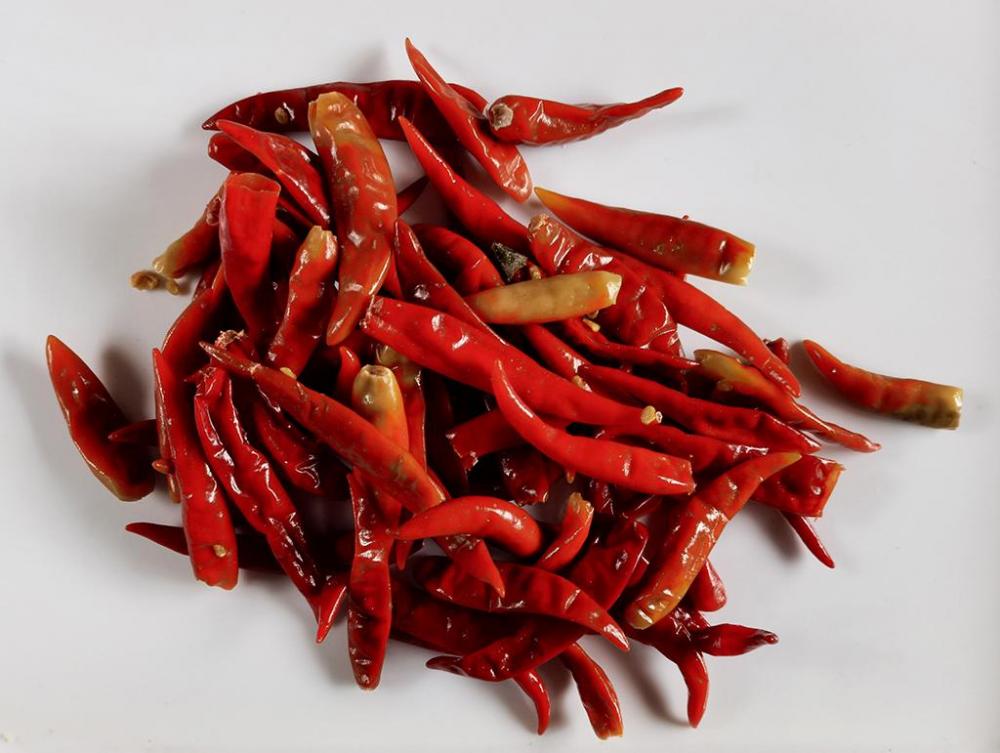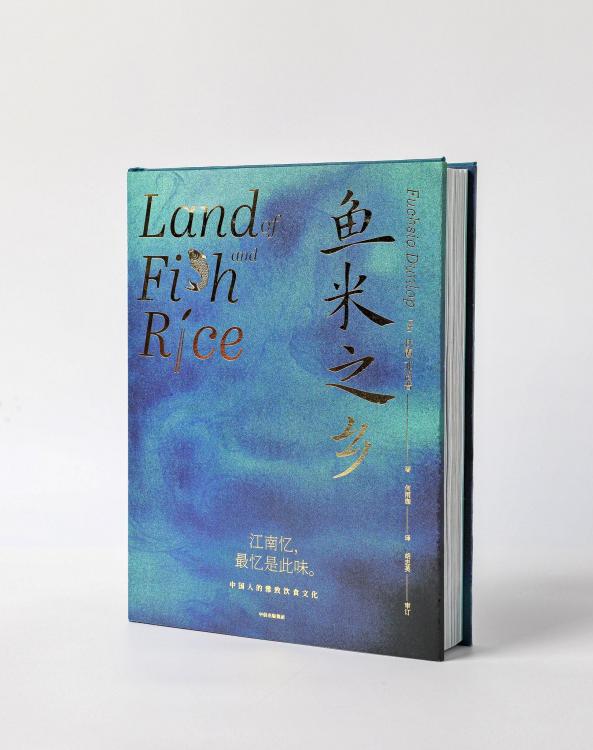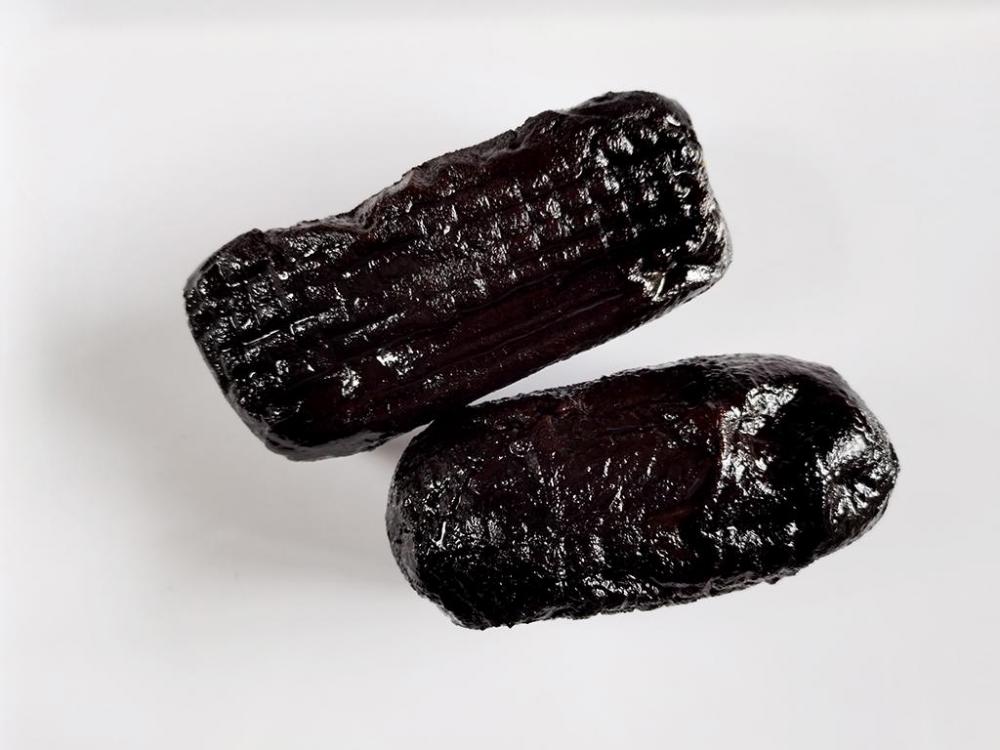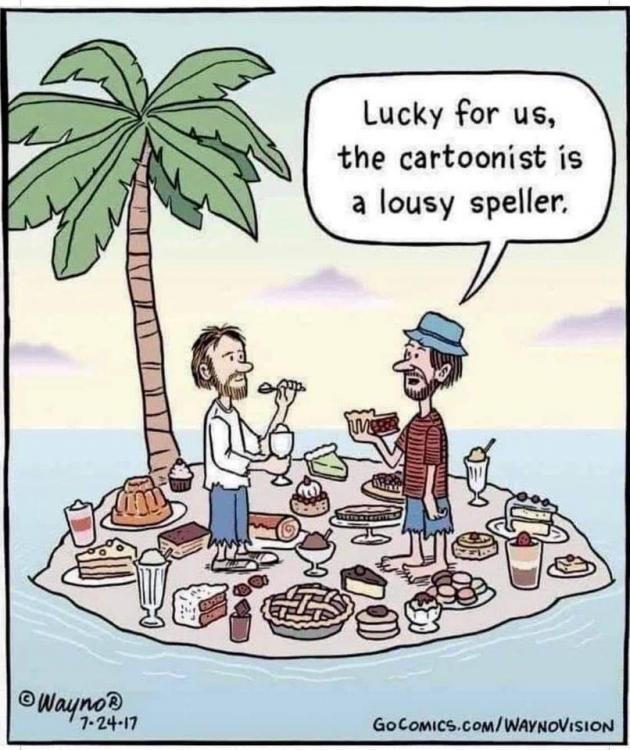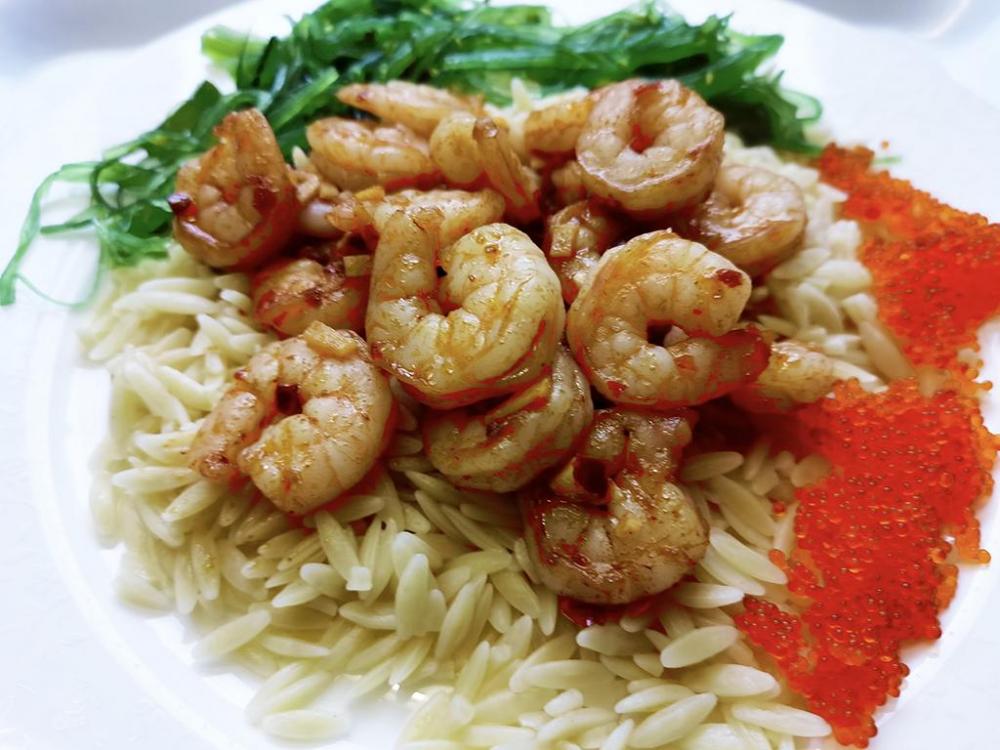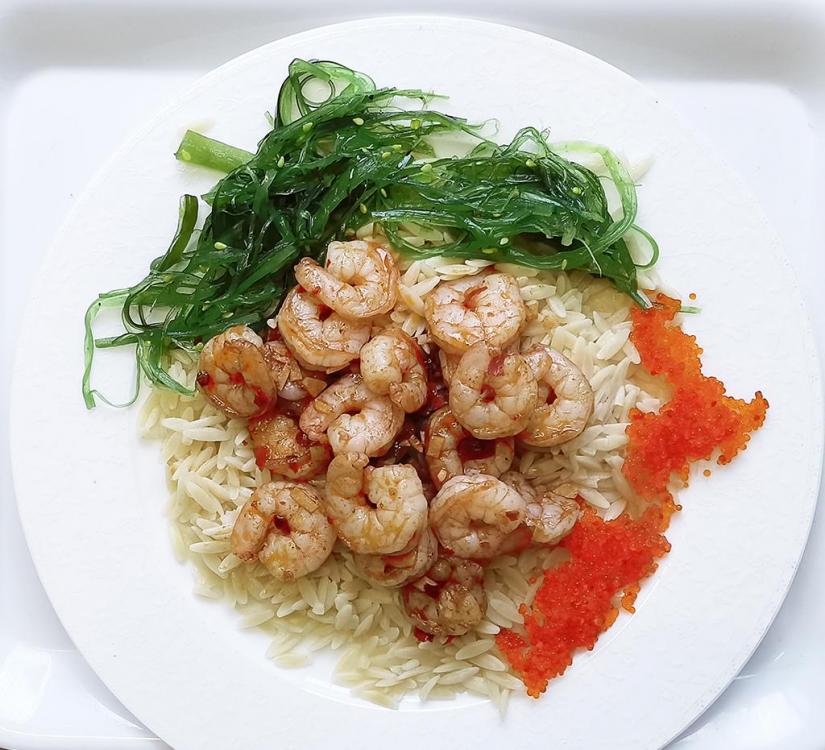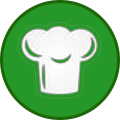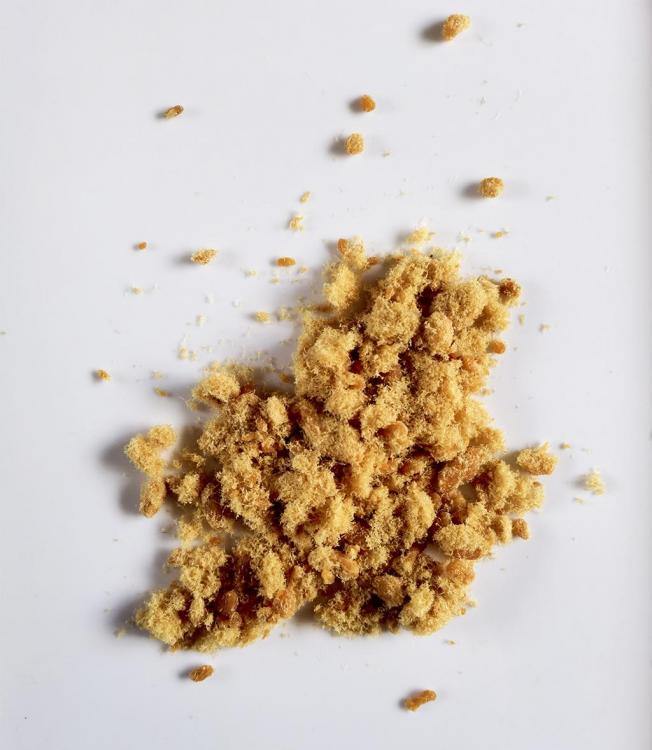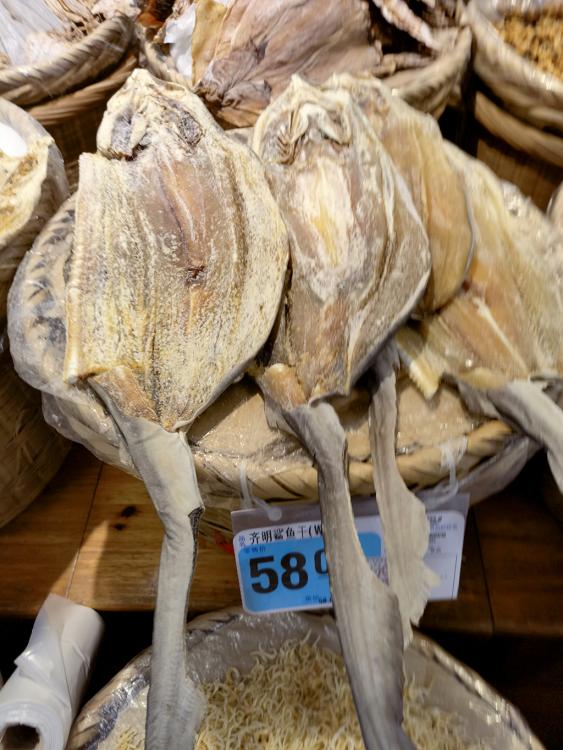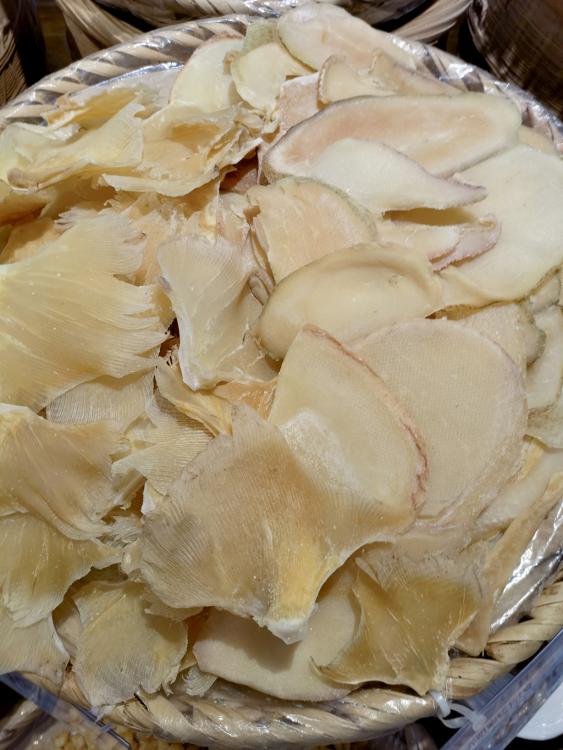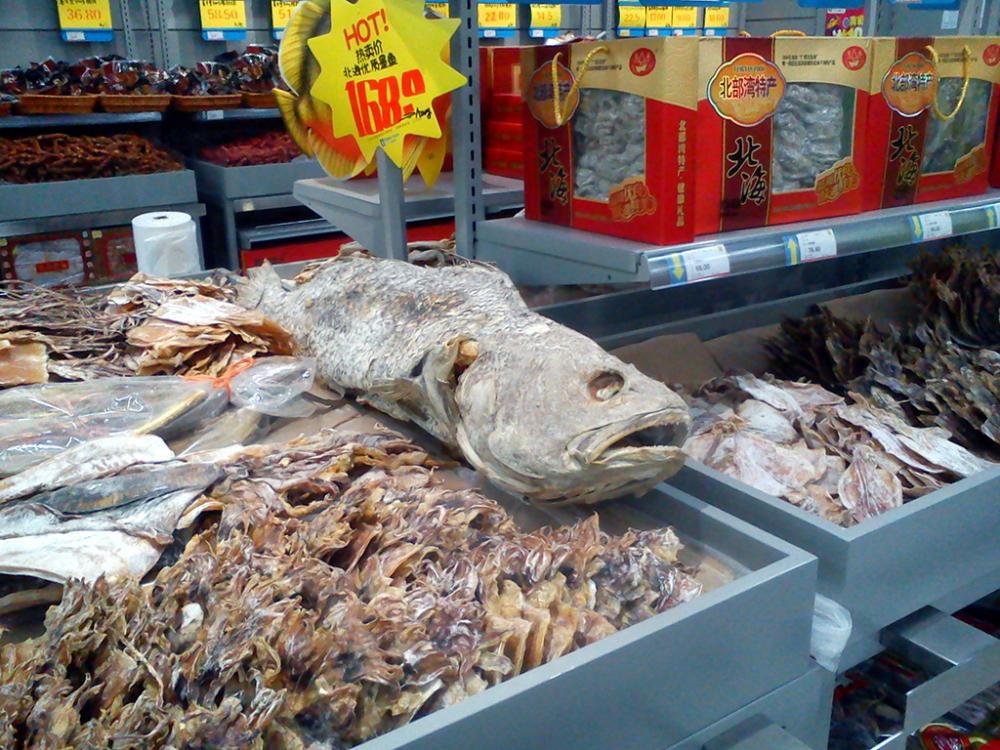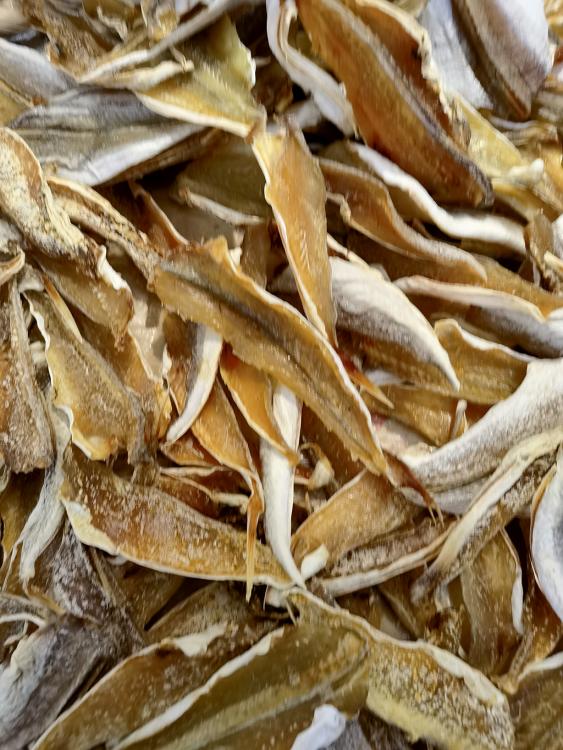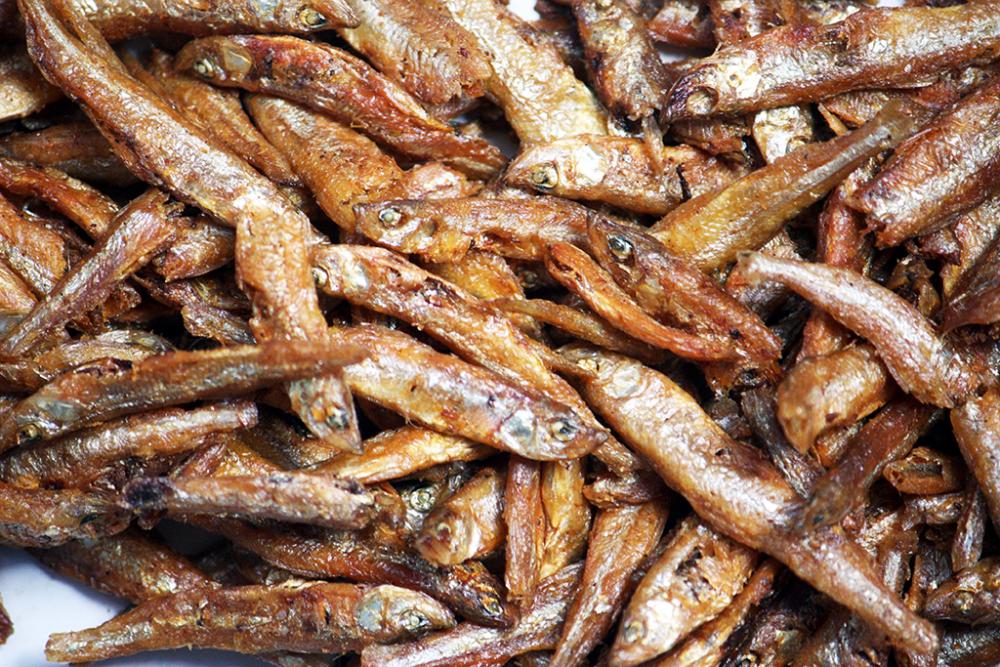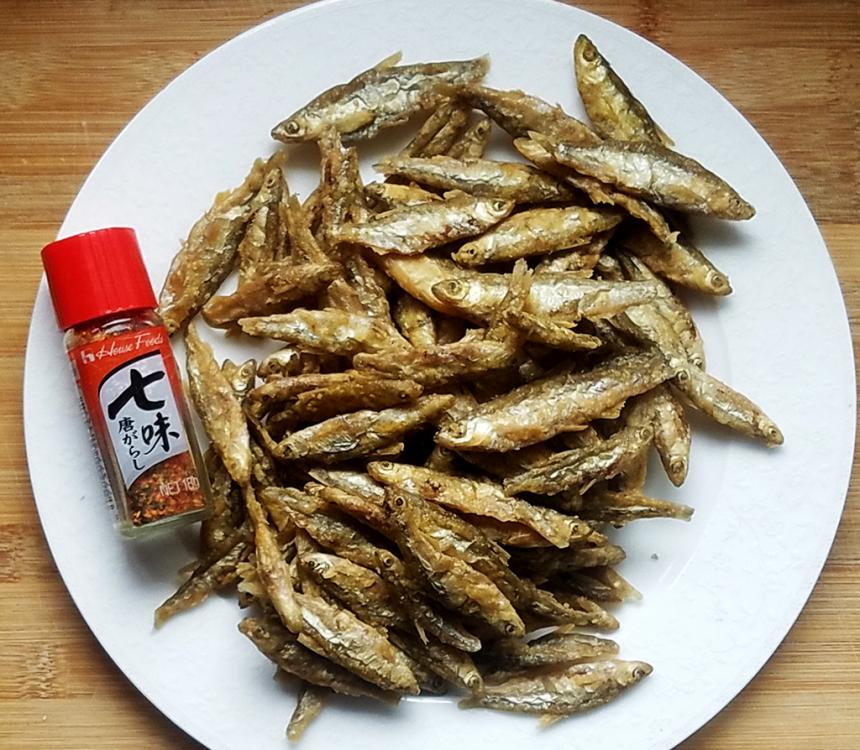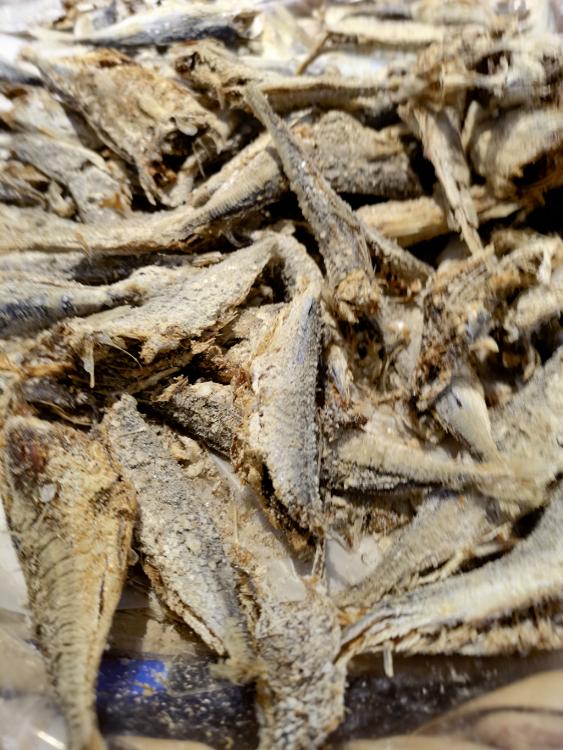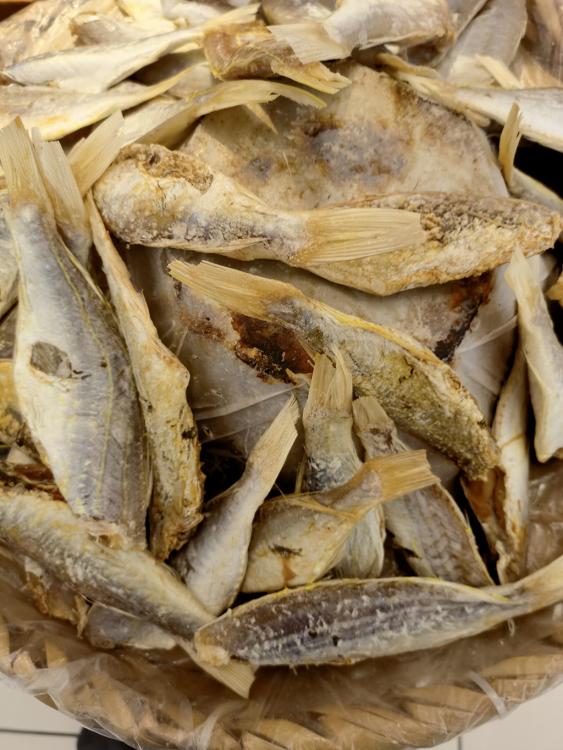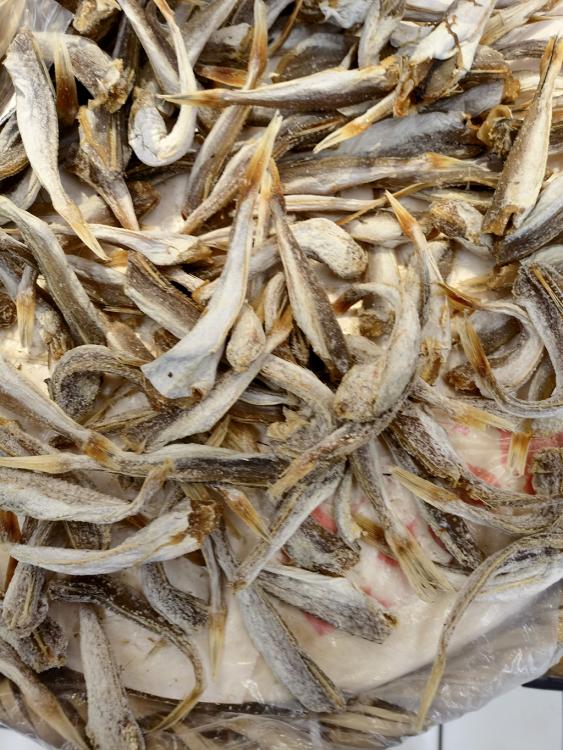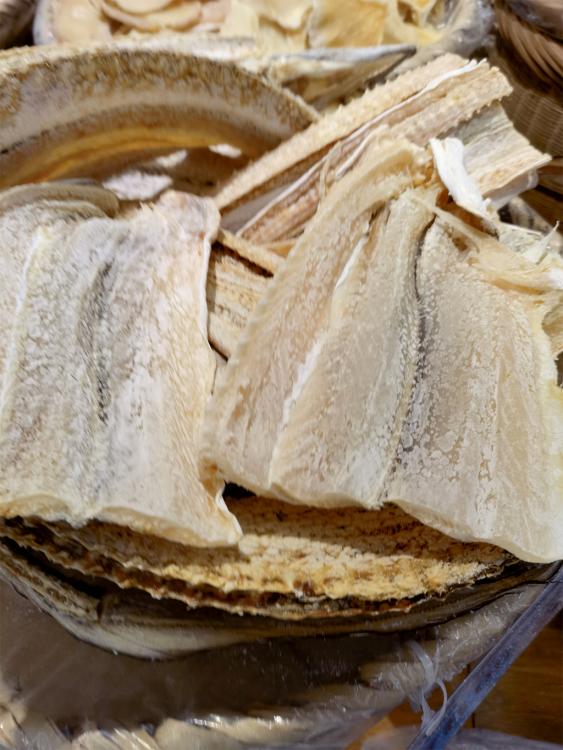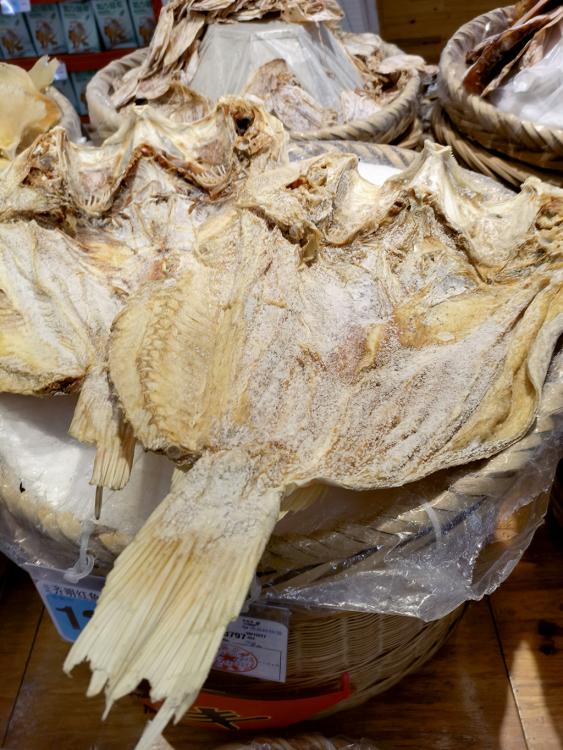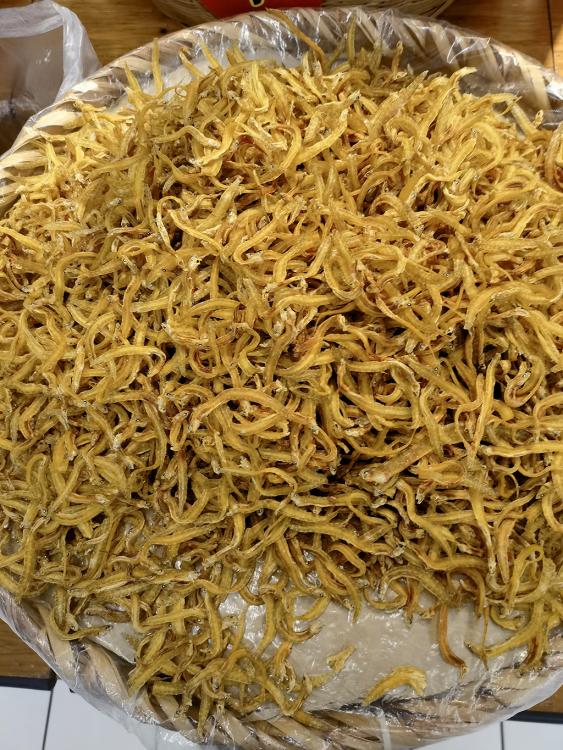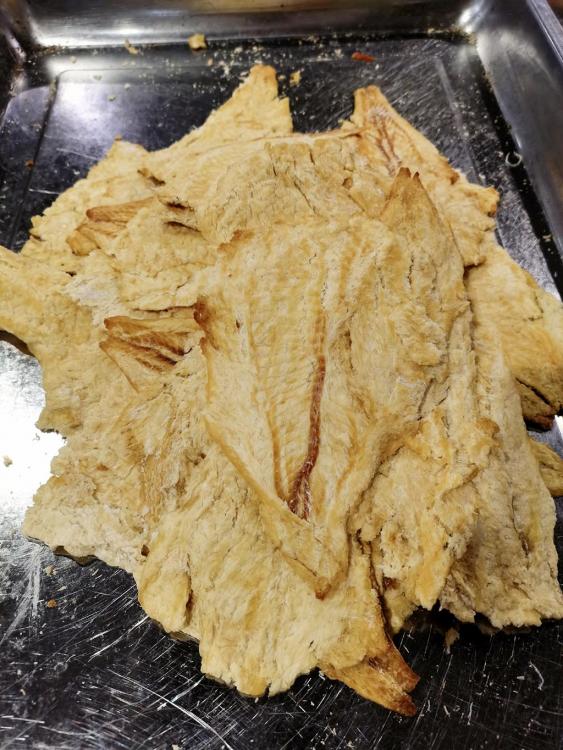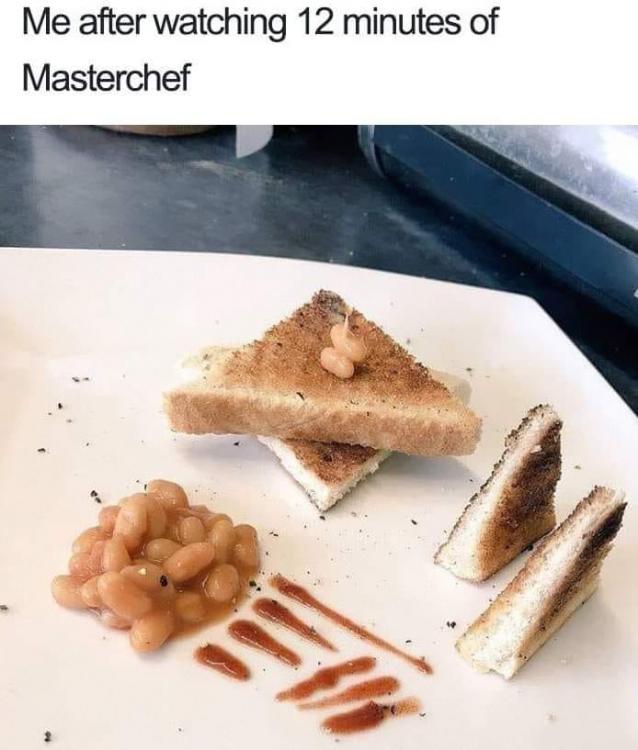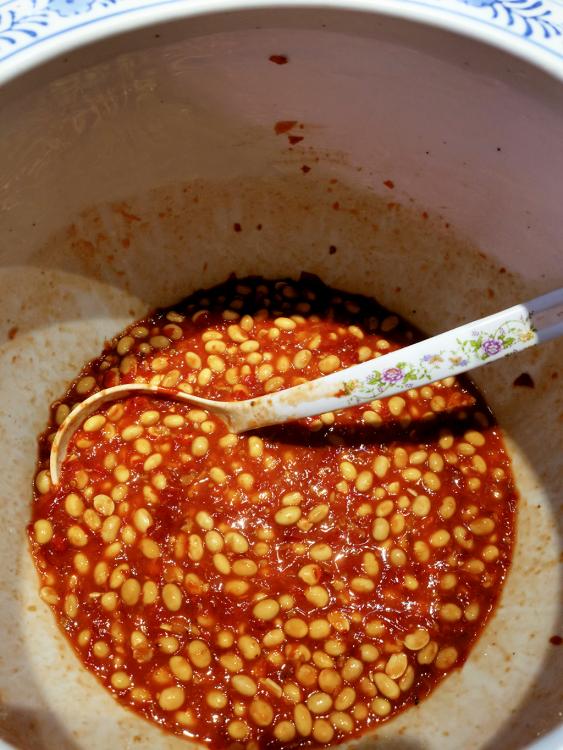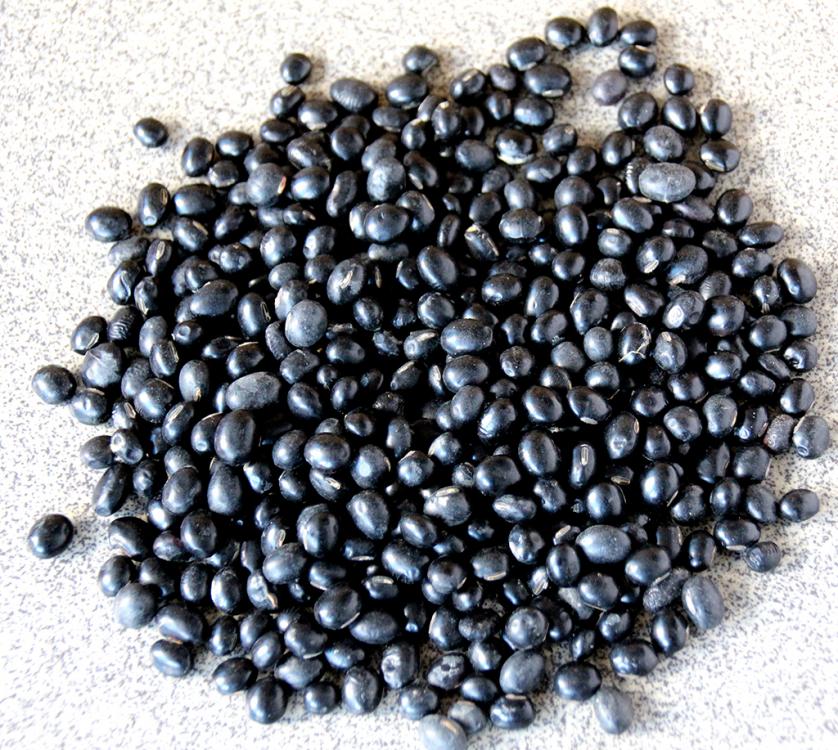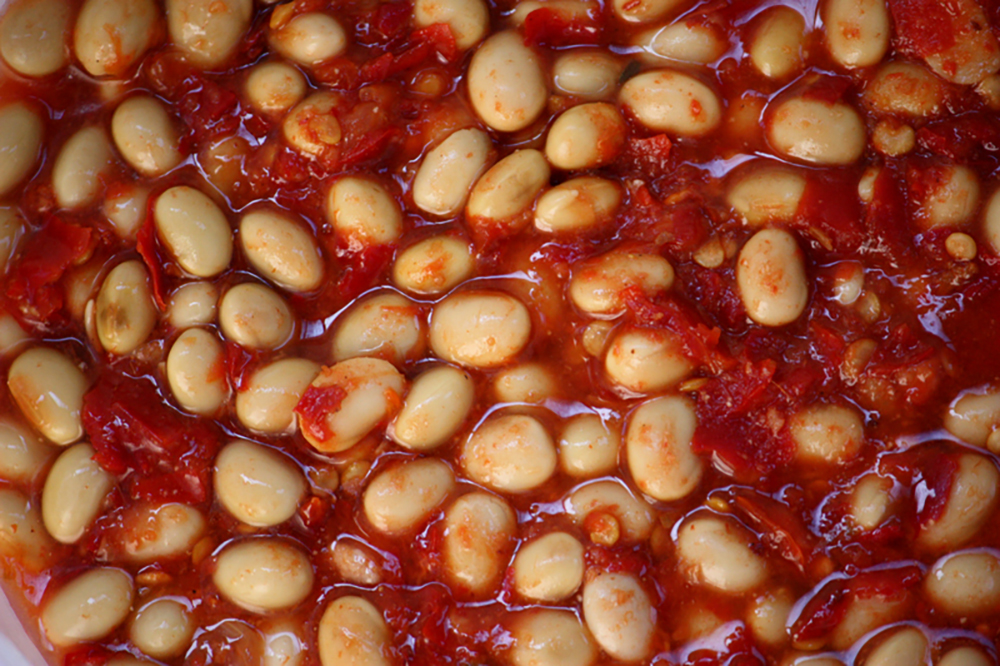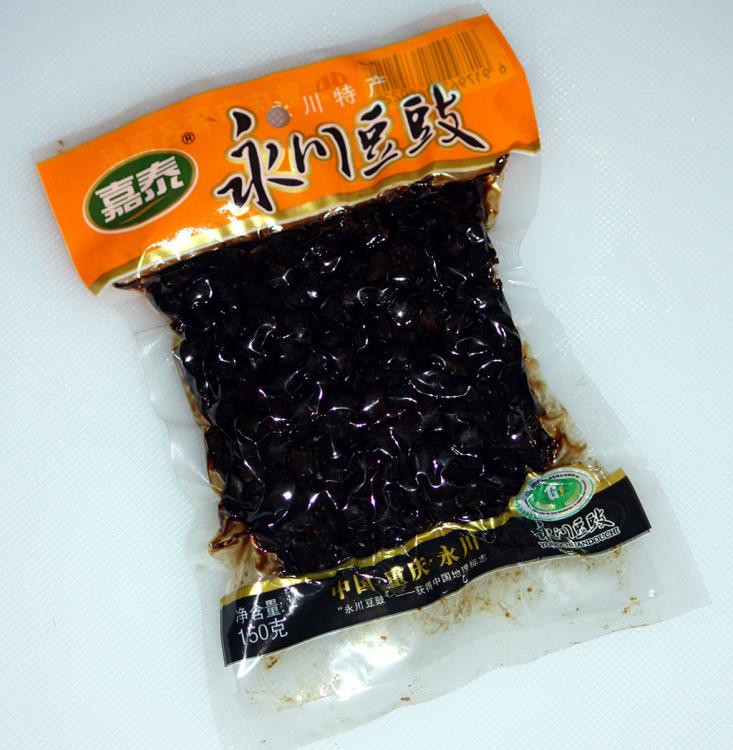-
Posts
16,656 -
Joined
-
Last visited
Content Type
Profiles
Forums
Store
Help Articles
Everything posted by liuzhou
-
It was very unusual for me; normally I'm a light breakfaster. But then, I'm not usually up at 5am either. Unless I'm on the way home from the night before, which wasn't the case this time.
-
5 a.m. Sunday morning. Sausage, Egg and Chips. Plus Tomato. Hunanese blood sausage, fried duck egg. I can cook in my sleep!
-
33. 腊八蒜 (là bā suàn) - Laba Garlic Laba Garlic @Tropicalseniormentioned these on her 'My Pickled Garlic Experiment' topic here. These jade green pickled garlic cloves are traditionally made for the Laba Festival – 腊八节 (là bā jié), held on the eighth day of the 12th month by the traditional Chinese solar-lunar calendar. Hence the Chinese name 腊八蒜 (là bā suàn), 蒜 (suàn) meaning 'garlic'. The preparation couldn’t be simpler. The garlic cloves are washed and put into jars with white rice vinegar (sugar can also be added according to preference), then left for around three weeks in a warm place. That’s it. The longer it is left, the greener it becomes. Laba Garlic in Jars Image Credits I have used these images from Wiikipedia, which I don't normally do, because I can't find any of the garlic now (wrong time of year) and I have no desire to make any just to take a photograph; not that I mind eating it. 1. Laba Garlic - Image by Dennis Wu6; This file is licensed under the Creative Commons Attribution-Share Alike 2.0 Generic license. 2. Laba Garlic in Jars - Image by N509FZ; This file is licensed under the Creative Commons Attribution-Share Alike 4.0 International license.
-
32. 泡椒 (pào jiāo) – Pickled Chilli Peppers; 辣椒干 (là jiāo gān) – Dried Chilli Peppers When Peter Piper picked his peck of pickled peppers, he probably didn’t realise that a peck wouldn’t last a day in the average Sichuan or Hunan kitchen. Both provinces use copious amounts of both dried and pickled peppers, as do Guizhou and Northern Guangxi. These are often made at home but can also be found in every market and supermarket. My downstairs neighbour is drying these outside her apartment window right now. Sichuan Dried Peppers Dried "Pointing to Heaven" chillies - 指天椒 (zhǐ tiān jiāo) 米椒 (mǐ jiāo, literally 'rice peppers') drying in the sun. Pickled Peppers Pickled Red Chillies Pickled Small Green Peppers Commercially produced 小米椒 (xiǎo mǐ jiāo) - Pickled Small Rice Peppers Commercially produced 小米椒 (xiǎo mǐ jiāo) - Pickled Small Rice Peppers 灯笼椒 (dēng lóng jiāo) - Lantern Chilli (very hot!) 灯笼辣椒酱 (dēng lóng là jiāo jiàng) - Lantern Chilli Paste (very hot!) There are many more, to which I shall doubtless return.
-
That last blood sausage is always cooked, usually in dishes as shown in the video I linked to. The main Hunan condiment, if you call it that, is chilli. That said, those tofu and blood sausages contain minimal amounts of blood compared with most blood sausages around the world. I do not detect any metallic taste in any blood sausage, but that may differ for other people.
-
Fuchsia Dunlop's Land of Fish and Rice(eG-friendly Amazon.com link) has been published today in Chinese translation. This is the third of her books to be translated and published in China, following Shark's Fin and Sichuan Pepper: A Sweet-Sour Memoir of Eating in China (eG-friendly Amazon.com link) and The Food of Sichuan (eG-friendly Amazon.com link). A rare honour and a rare achievement.
-
31. 农家柴火丸子 (nóng jiā chái huo wán zi) – Peasant Family Firewood Balls Now, I know you are looking at the picture and thinking “they’re not balls”, and of course, you’re right. But that’s their name (sometimes they are balls). They’re not firewood, either. Or made by peasant families; at least these ones weren’t. What they are is firewood smoked tofu and pigs’ blood sausages. The ingredients as listed are: Soy beans, water, pork, pigs’ blood, vegetable oil, salt, chilli, Sichuan peppercorn, star anise and cassia bark. They are a speciality of Hunan, especially 邵阳 (shào yáng), a city in the south-west of the province. These I like. There is video on their preparation and usage here. ht
-
I have many friends here who like it a lot, but it escapes me!
-
-
30. 肉松 (ròu sōng) - Pork Floss 肉松 (ròu sōng) - Pork Floss When I posted regarding preserved meat products earlier, I had this in mind, but didn’t have any to hand. You’ll see why in the next paragraph. To quote myself from something I wrote in 2012 It is served on top of congee (rice porridge) or rice, and stuffed into steamed buns, cakes and breads. It is even eaten as it is for a snack. I'd serve with it with c@rn, if I allowed either anywhere near my kitchen! There is also a version made from fish - 鱼松 (yú sōng). It smells and probably tastes like urine-soaked mattresses.
-
Well, many non-scientific fish names are surprisingly imprecise. Anchovies, for example, comprise over than 140 species in 17 genera, according to some accounts.
-
Trachurus novaezelandiae There are many shads,
-
The yellowtail shad is sometimes sold, mislabelled as salted anchovies. But do make a good substitute, unless of course you are one of the anchovy haters. Me, I love 'em.
-
Not so different from snacking on beef jerky really. I mean in principle.
-
The larger ones, mainly in stocks, soups, hot pots etc. The smaller ones as snacks.
-
29. 鱼干 (yú gān) - Dried Fish As promised, I get to dried fish. As I mentioned upthread, fresh saltwater fish is difficult to find in the interior of China, but for centuries fish has been dried and shipped overland. Here is the selection from one supermarket, yesterday. Note: It is sometimes difficult to know what some fish species here are, even when I have the Chinese name. Names differ from place to place and many species simply don’t have English names. But I think I’ve cracked most of this lot. In no particular order: 鲨鱼干 (shā yú gān) - Dried Shark 多味鱼 (duō wèi yú ) - Dried Yellow Croaker 巴浪鱼 (bā làng yú) - Yellowtail Scad 春只鱼 (chūn zhǐ yú) - Honnibe Croaker 海鳗鱼段 (hǎi mán yú duàn) - Dried Conger Pike 红鱼干 (hóng yú gān) - Dried Red Snapper 鳕鱼干 (xuě yú gān) - Dried Cod 金线鱼干 (jīn xiàn yú gān) - Dried Boregata 面条鱼 (miàn tiáo yú , literally 'noodle fish') - Pacific sand lance 浦鱼鳍 (pǔ yú qí) - Dried River Fish Fin and these as were merely labelled as seafish.Very helpful. 湖南小鱼 (hú nán xiǎo yú) - Hunan Little Fish I often buy Hunan Little Fish to snack on. Usually with shichimi togarashi as above, or just flaked chilli.
-
28. Fermented Beans I’ve already mentioned some examples of fermented tofu (which is of course made from soy beans), but there are some preserved products which ferment the beans themselves along with other ingredients, usually chilli. 豆豉 (dòu chǐ) – Salted Black Beans Salted Black Beans I think these are the most well-known, being the basis of many black bean sauce dishes in Chinese restaurants around the globe. I’ve mentioned before here that the jars of black bean sauce so prevalent in the west are virtually unknown here, but every supermarket and cornershop carries the fermented beans. Salted Black Beans Essential in 麻婆豆腐 (má pó dòu fǔ), but also with ribs, fish, etc. I often use them with squid or clams. There is firm evidence dating the production of salted black beans to at least 173 BC and the production process remains the same. Black soy beans are salted and left to ferment. Simple. Black Soy Beans They are also occasionally flavoured as in the following image which shows 麻辣豆豉 (má là dòu chǐ), or hot and spicy salted black beans, 麻辣 referring to Sichuan peppercorn and chili. 麻辣豆豉 (má là dòu chǐ) There is apparently a version made using white soy beans, but I’ve never seen it. Known as 面豉 (miàn chǐ), these are brown rather than black. 豆瓣酱 (dòu bàn jiàng) - Broad Bean Paste Another Sichuan essential is 豆瓣酱 (dòu bàn jiàng, literally bean piece sauce). I’ve mentioned this at length before in other topics. The most prized is that from 郫县 (pí xiàn), a county outside Chengdu city. The sauce from here has protected geographical status and is produced to precise standards. Broad beans from Sichuan or neighbouring Yunnan are fermented along with a local type of Sichuanese chilli known as 二荆条 (èr jīng tiáo). Even the water must be from Sichuan wells. 郫县豆瓣酱 (pí xiàn dòu bàn jiàng) Look out for doubanjiang labelled as 红油豆瓣酱 (hóng yóu dòu bàn jiàng), even if it from Sichuan. This is a non-fermented product. It isn’t bad but there are no standards which have to be followed. 腊八酱 (là bā jiàng) – Laba Sauce 腊八酱 (là bā jiàng) is another type of fermented bean sauce, this time made from white soy beans, garlic and chilli. It is particularly popular in Hunan. It is typically eaten with congee (rice porridge at the time of the Laba Festival, which takes place on the 8th day of the 12th month of the traditional solar-lunar calendar. This month is known as the ‘la’ month and ‘ba means eight’, hence the name of the sauce and the congee. 腊八酱 (là bā jiàng) I'm full of beans.
-
Lazy Susans are not that common here in family homes. Restaurants, yes - de rigeur.
-
Seafood lunch at a friend's house yesterday.
-
More gin.


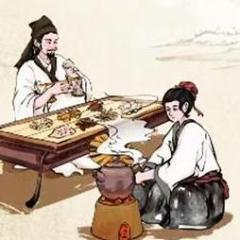


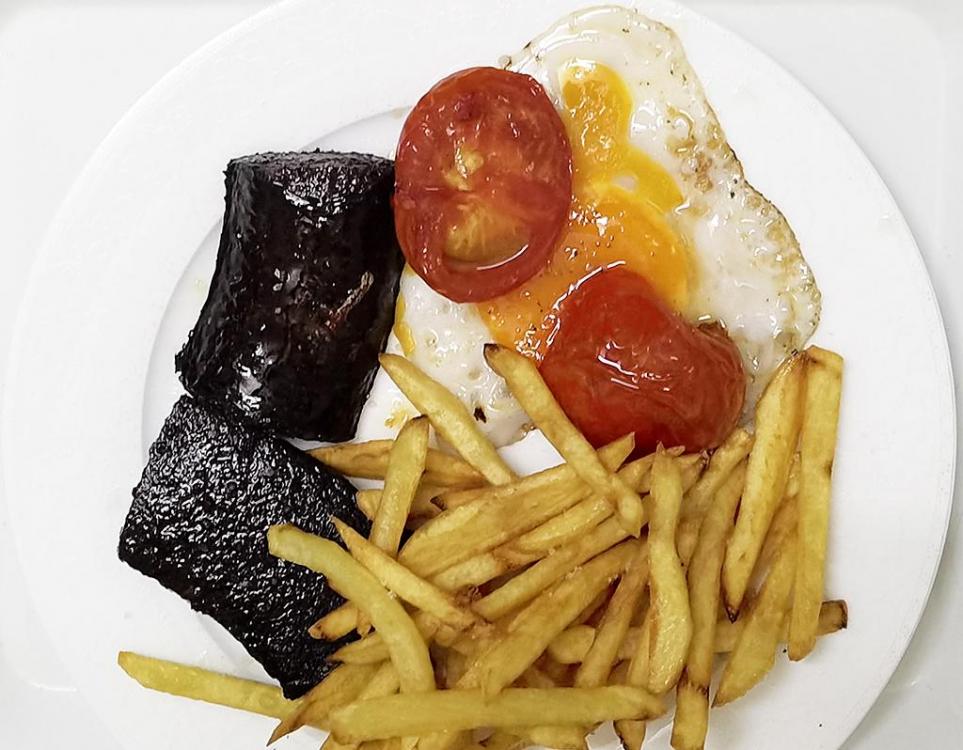
.thumb.jpg.2693f82d41c47c3049d3023584275503.jpg)
